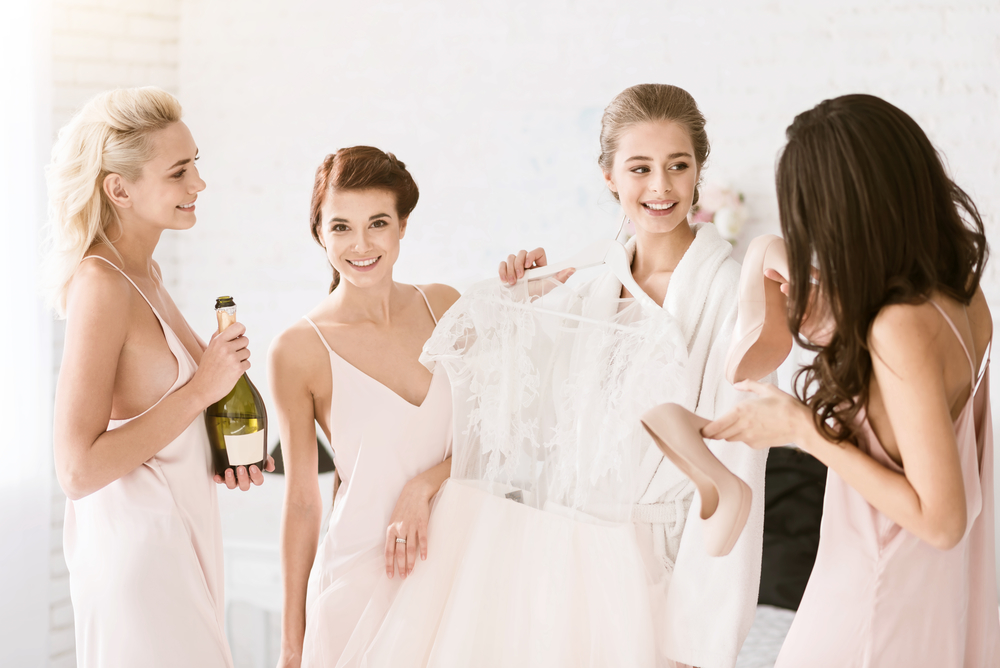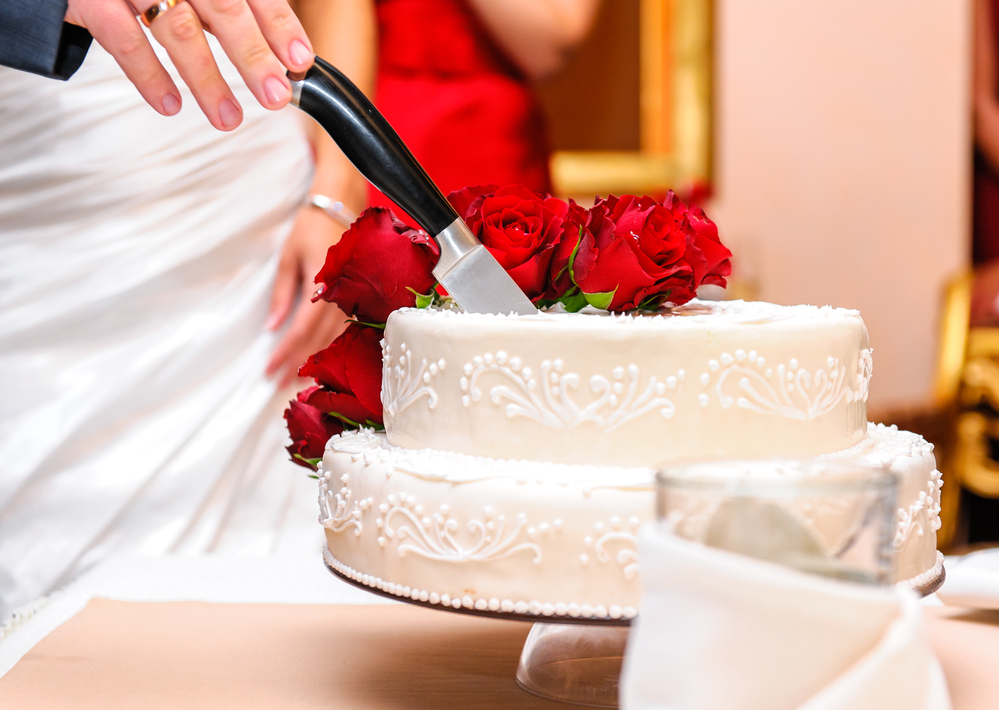As with most significant Scottish events, the unmistakably rich peal of the bagpipes is part of a Scottish wedding ceremony. But before we get to the music and the food and the partying, there are certain formalities that must be observed. Traditional Scottish weddings require a great deal of planning and role playing by the couple and their families.
The bride’s family is responsible for sending out the invitations, specifying if the invitation is to the wedding and/or the reception. An exception can be (and most times is) made if the couple is older and they themselves do the inviting. The guests deliver wedding gifts to the bride’s home before the wedding day. In modern times, guest gift registry services usually eliminate this step. Gifts are shipped by the shop to either the bride’s family home or an alternative agreed location.
It is the norm for the groom as well as the male bridal party and guests to wear kilts or full Highland dress. The groom usually places a sprig of heather in his buttonhole for luck. The bride usually, but not always, wears traditional white. The wedding ceremony – either at a church, registry office or a favoured outdoor location – lasts about a half an hour. After the vows are said and the marriage registry signed, the couple leaves the ceremony to the sound of bagpipes. Then it is off to the reception for toasts, drinks and a meal. After the wedding cake is cut by the bride and groom, the serious party begins. A “ceilidh” or party featuring traditional Scottish dancing and music is the favoured celebration.










